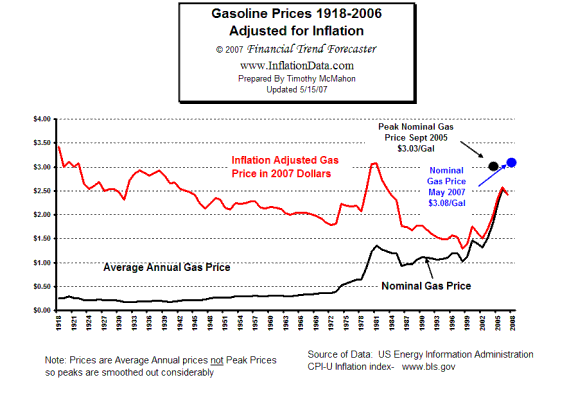Bob Lutz recently
said that dramatically increasing fuel economy standards could add $5,000 to the price of the average new car.
He's right. This isn't just auto industry doom-saying.
The efficiency of internal combustion engines has plateaued. Every relatively cheap trick that could be used is being used. This includes variable valve timing, high efficiency lubricants, lighter weight materials, higher precision machining, and complex sensor networks and computer controls. And these advancements have added hundreds if not thousands of dollars to the cost of your engine*.
Major leaps forward require large increases in complexity. For example, diesel engines are more expensive because they must be built to withstand high pressures, and need turbochargers for driveability. Hybrid electric drivetrains keep all of the complexity of the existing gas engine, and add in parallel batteries, electric motors, regenerative braking, etc. Even with high-volume production, adding more stuff will always cost more money.
So how can automakers meet high fuel economy standards, without raising the prices dramatically?
The most obvious way is to down-size engines. As recently as the early 1990's, the average family car was packing something like 150HP. Today, a mid-size car with 150HP is considered lame, and 200HP+ is the norm. 0-60 times have likewise been dropping, with 8 second minivans becoming commonplace. But, what will the public say, and especially the automotive press, when the V6 becomes an expensive option, and the I-4 becomes the standard engine?
The other way, which Lutz mentioned, is to pursue ethanol fueled vehicles. Ignoring the problems of producing enough ethanol, for a moment, it is true that E85 uses less fossil fuel because it is by definition 85% ethanol. And by tuning engines specifically to take advantage of ethanol's high knock resistance, by increasing the compression ratio, automakers can overcome the performance hit from the reduced energy content of E85. An example of this technology is Saab's Biopower
powertrain.
There is no free lunch. Drastically higher fuel economy will require consumer and taxpayer pain, and compromises. There isn't a 100mpg carburetor sitting on a basement shelf, gathering dust, somewhere in Auburn Hills, Dearborn, or Detroit.
*Ever have to replace an O2 sensor or a secondary air pump? Ouch!
 Here for example is a side-view of the Maple and Old Woodward intersection in Birmingham, a place I like to go now and then.
Here for example is a side-view of the Maple and Old Woodward intersection in Birmingham, a place I like to go now and then.











DSC03120.jpg)
DSC03121.jpg)
DSC03122.jpg)












